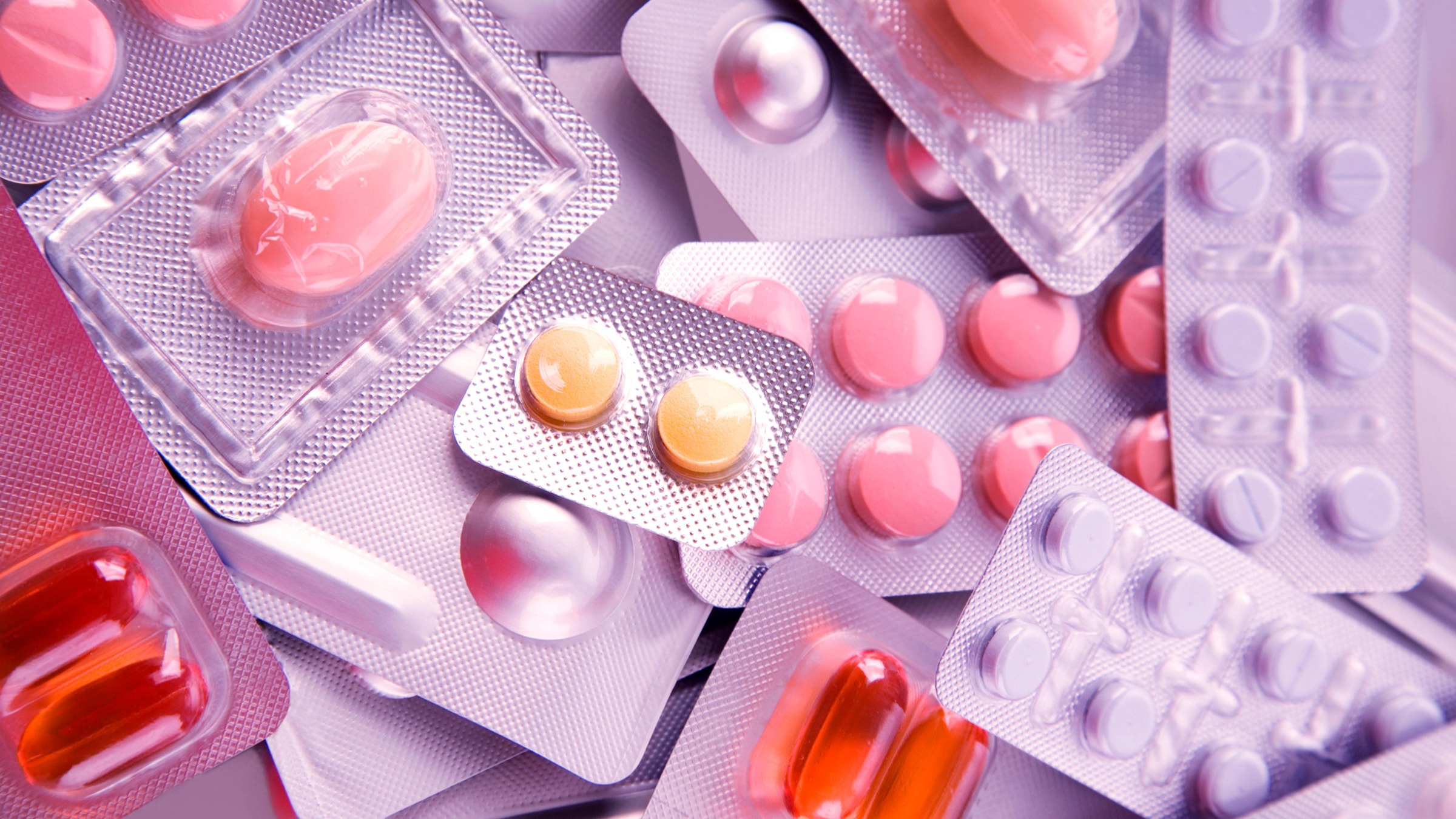
Cannabis Edibles’ Promises and Difficulties

Food products containing cannabis extract (edibles) have evolved as a popular and profitable component of the authorized market for both recreational and therapeutic cannabis. The many formulations of cannabis extracts used in edibles offer policymakers with a one-of-a-kind regulatory dilemma. Though edibles are frequently regarded as a safe, discreet, and effective method of obtaining the therapeutic and/or intoxicating effects of cannabis without being exposed to the potentially harmful risks of cannabis smoking, little research has been conducted to determine how ingestion differs from other methods of cannabis administration in terms of therapeutic efficacy, subjective effects, and safety. The most noticeable difference between eating and inhalation of cannabis extracts is the delayed start of pharmacological action after ingestion. Consumers frequently do not grasp this element of edible consumption and may suffer as a result.
thc gummies reviews outline the possibilities and problems connected with the usage of cannabis-infused edibles and critically evaluate existing research on factors linked to their use to give a better understanding of the ramifications of rising use of edible cannabis products. We combined scientific and regulatory concerns to present an overview of edibles for both educated laypeople and policymakers. Although some of the difficulties described are pertinent to other types of cannabis usage (e.g., smoked, vaped), we focus on cannabis-infused edibles. Furthermore, our discussion focuses exclusively on the implications of purposeful edible use among adults.
Edibles Overview
Edibles are culinary items that have been infused with cannabis extract. Baked goods, candies, gummies, chocolates, lozenges, and drinks are examples of edibles that can be manufactured at home or commercially for dispensaries. Extraction of cannabinoids (such as 9-tetrahydrocannabinol, or 9-THC, and cannabidiol, or CBD) from the cannabis plant begins with boiling the female plant’s blossoms in an oil-based liquid. Although 9-THC is thought to be the main psychoactive element in cannabis, responsible for the “high” that users feel (Gaoni & Mechoulam, 1964), the plant mostly contains this molecule in its nonpsychoactive acid form, 9-tetrahydrocannabinolic acid (THCA). The conversion of THCA to 9-THC requires heating.
A core purpose for using cannabis in whatever form is to “feel better,” a subjective evaluation that can range from feeling “high” (e.g., recreational use) to reducing an unpleasant subjective state (e.g., anxiety) or improving a physical symptom or condition that causes pain or incapacity (e.g., spasticity, glaucoma). The great bulk of research on the medicinal effectiveness of cannabis has been undertaken utilizing pharmaceutical company-formulated oral formulations for the treatment of certain illnesses.

